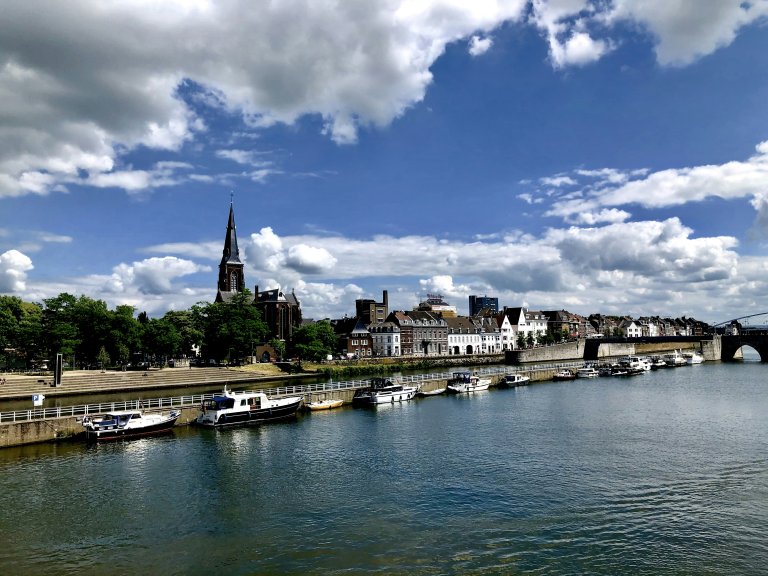Traditional Hotspots or New Sights: Which One Should You Explore?
When planning a trip, one of the first things that comes to mind is deciding on the destinations to visit. And with so many places to choose from, it can be overwhelming to narrow down your options. However, one way to make this decision easier is by categorizing places into two types: traditional hotspots and new sights.
What Are Traditional Hotspots?
Traditional hotspots refer to the popular tourist destinations that have been around for years. These are the iconic places that have become synonymous with a particular country or city. For example, the Eiffel Tower in Paris, the Great Wall of China, or the Colosseum in Rome are all traditional hotspots that have been attracting travelers for decades.
These places are generally well-known and have a long-standing reputation for their cultural, historical, or natural significance. They are often the first destinations that come to mind when thinking of a particular country, and they usually have a well-established tourism industry with easy accessibility and a range of accommodations and amenities for travelers.
What Are New Sights?
New sights, on the other hand, refer to the emerging or lesser-known destinations that have recently gained popularity among travelers. These could be hidden gems that have yet to be discovered by the masses or places that were previously off-limits due to political or geographical reasons.
Examples of new sights include cities like Tbilisi, Georgia, which has seen a surge in tourism in recent years, or countries like Iceland, which have become hotspots for their stunning landscapes and unique experiences. These places offer a chance to explore something unfamiliar and off the beaten path.
Which One Should You Choose?
Now that we have defined traditional hotspots and new sights, the question remains: which one should you choose to explore? The answer may not be straightforward, as both have their own set of advantages and disadvantages that are worth considering.
Accessibility and Infrastructure
In terms of accessibility, traditional hotspots have the upper hand. They usually have well-established transportation systems, making it easy for travelers to get around. Additionally, these places also have a range of accommodations and amenities to suit different budgets and preferences.
On the other hand, new sights may not have the same level of accessibility and infrastructure. Travelers may find it challenging to navigate these places on their own, and there may be limited options in terms of lodging and facilities. However, this also means that new sights offer a more authentic and less touristy experience.
Crowds and Prices
Another factor to consider is the crowds and prices. Traditional hotspots are often crowded, especially during peak travel seasons. This can make it challenging to fully immerse oneself in the destination and may result in long lines and wait times. Additionally, due to the high demand, prices for accommodations, food, and attractions may also be higher in traditional hotspots.
On the other hand, new sights are less crowded, making it easier to explore and appreciate the destination fully. And with less demand, prices for accommodations and activities may be lower, making it a more budget-friendly option.
Familiarity vs. Adventure
Traditional hotspots offer a sense of familiarity and a guaranteed experience. There is a reason why places like the Great Wall of China or the Taj Mahal have been popular for decades. These places have a long-standing reputation for their beauty and cultural significance, making them must-visit destinations for many travelers.
On the other hand, new sights offer an element of adventure and the possibility of experiencing something completely new. These places may not have the same level of recognition or reputation, but they often have hidden gems waiting to be discovered. By venturing off the beaten path, travelers have a chance to create their own unique experiences and stories to share.
Conclusion
In the end, the decision between traditional hotspots and new sights ultimately comes down to personal preference. Both have their own set of advantages and disadvantages, and the best way to choose is by considering your travel style, budget, and interests.
If you prefer a hassle-free and comfortable vacation with famous landmarks, traditional hotspots are the way to go. But if you want a more authentic and adventurous experience, then exploring new sights may be a better option.
Whichever you choose, remember that the world is vast and constantly evolving. So why not mix it up and explore both traditional hotspots and new sights? Who knows, you may just stumble upon your new favorite destination.



